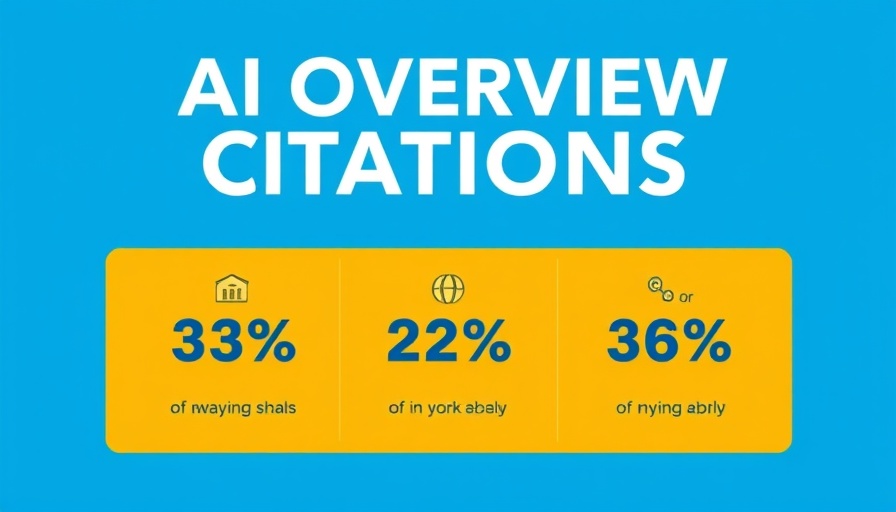
Understanding llms.txt: A New Era in Content Management
The digital landscape is vast, and as we venture deeper into the world of artificial intelligence, understanding how we can communicate effectively with technology becomes essential. One promising development in content accessibility is llms.txt. This format allows large language models (LLMs) to retrieve the main content of web pages without the clutter of advertisements and navigation.
Unlike the well-known robots.txt, which governs how search engine bots interact with a site, llms.txt is crafted to provide structured access to core information. This new file can be placed at a website's root level, directing AI models to the significant content directly, enhancing the efficiency of content retrieval.
What Makes llms.txt Different From robots.txt?
It's vital to delineate llms.txt from robots.txt. While robots.txt restricts content access for search engines, llms.txt actually facilitates better content delivery to AI models. This distinction is crucial as it informs webmasters about how to structure their content for future AI interactions.
Google's John Mueller emphasized this difference, explaining that llms.txt aims to assist AI in filtering through relevant content rather than limiting its access. Such well-organized files could significantly enhance user experience by ensuring that only the most relevant information is served to potential users interacting with platforms powered by AI.
Should You Use a Noindex Header With llms.txt?
The recent discussions sparked by Mueller have focused on whether to implement a noindex header in llms.txt files. His insight clarifies that while llms.txt is not inherently viewed as duplicate content, it could still be beneficial to prevent its indexing. “Using a noindex header for llms.txt can indeed make sense,” Mueller noted. By doing so, webmasters can avoid unwanted indexing that could misguide users.
The logic behind this is straightforward: though duplicate content is not an issue, allowing Google to index llms.txt could confuse users who may find it listed in search results instead of the actual HTML pages intended for consumption. Such indexing might dilute the value of the original page's content.
Best Practices for Webmasters
For webmasters looking to implement this new standard, it is advisable to consider the following steps:
- Create llms.txt files: Ensure that the file is properly formatted in Markdown and placed in the root directory of your website.
- Add a noindex header: To keep your main content clean and organized, prevent llms.txt from appearing in search results by adding the noindex tag.
- Monitor backlinks: Pay attention to how your llms.txt might be linked by others, as this can affect its visibility online.
The Implications for SEO and Content Strategy
The introduction of llms.txt alongside prudent noindexing practices signifies a meaningful shift in SEO strategies. It gives webmasters more control over how their content is presented to AI, fostering a better user experience. As digital marketing evolves, adapting to these innovations will be key to staying relevant and successful.
As a parting thought, the implementation of llms.txt and its associated practices not only enhances your site's search strategy but also prepares you for future advancements in AI technology. In a landscape where content is continuously evolving, being proactive about how that content is structured and accessed can lead to significant advantages.
 Add Row
Add Row  Add
Add 




Write A Comment